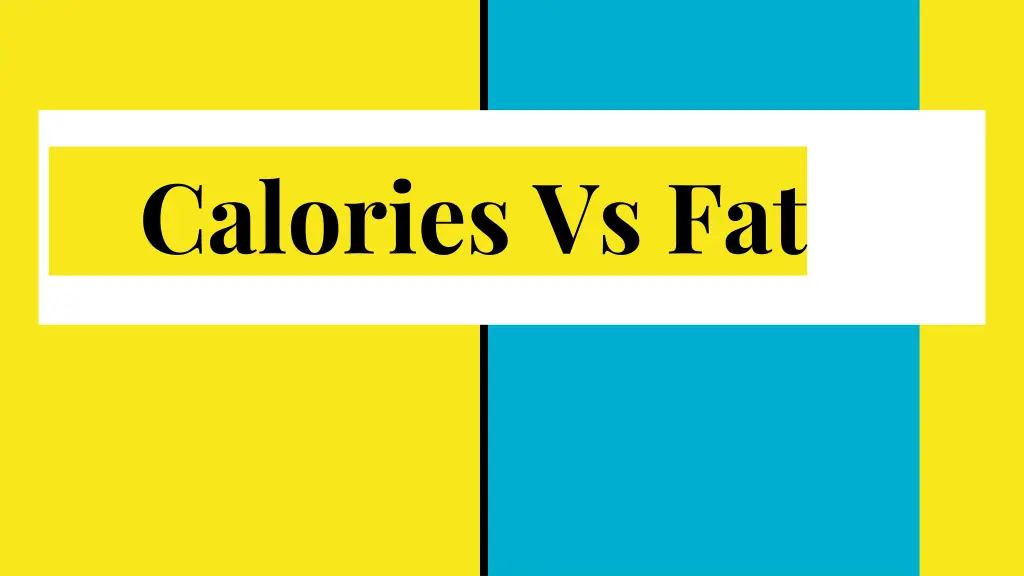
Study on Calories vs. Fat Content in Snacks
This quantitative study explores the relationship between calories and fat content per serving in grocery store snacks. The hypothesis suggests that snack foods with higher fat content tend to have higher calories. The experimental data provides insights into the mean, range, standard deviation, and distribution of calories per serving, supporting the hypothesis of a positive correlation between fat content and caloric value in snacks.
Download Presentation

Please find below an Image/Link to download the presentation.
The content on the website is provided AS IS for your information and personal use only. It may not be sold, licensed, or shared on other websites without obtaining consent from the author. If you encounter any issues during the download, it is possible that the publisher has removed the file from their server.
You are allowed to download the files provided on this website for personal or commercial use, subject to the condition that they are used lawfully. All files are the property of their respective owners.
The content on the website is provided AS IS for your information and personal use only. It may not be sold, licensed, or shared on other websites without obtaining consent from the author.
E N D
Presentation Transcript
Introduction In this quantitative study, we examined the calories versus the fat content per serving in grocery store snacks. We believe that the higher the fat content in grams per serving the higher the calories will be per serving.
Explanatory Variable Fat content in grams per serving
Response Variable Calories per serving
Procedure 1. Our sample size included 69 different types of grocery store snacks 2. In excel we labeled each snack by the calories per serving, and fat content in (g) per serving, and serving size. 3. Then we identified the frequencies for fat and calories 4. Calculation of mean, median, range, std, and presented graphs to clearly illustrate statistical significance.
Research Question Could there be a correlation between the calories in snacks and fat content?
Hypothesis Snack foods with higher fat content have higher calories.
We expect a positive correlation!
Hypothesis support Variables that may affect the outcome... Empty calories Processed and unprocessed foods Serving size We think that the higher the fat content in (g) per serving in snacks will have a higher caloric value
Experimental Data Calories Mean 160.6507246 Range (41-485) Std 81.50737899 Bins (For Calories) Frequency Median 150 40-120 24 Q1 100 120-200 24 Q3 202.5 200-280 13 IQR 102.5 280-360 7 Outliers 485 260-440 0 -53.75 440-520 1 356.25
Experimental Data Calories cont d 5 Number Summary (Calories) Calories Per Serving Minimum 41 0.5 Lower Quartile 100 0.5 Median 150 0.5 Upper Quartile 202.5 0.5 Maximum 485 0.5
Experimental Data Calories cont d
Experimental Data Calories cont d
Experimental Data Fat Mean 6.236086957 Range (0-19) Std 4.583134754 Bins (For Fat) Frequency Median 6 (0-4) 25 Q1 2.5 (4-8) 20 Q3 9 (8-12) 14 IQR 6.5 (12-16) 8 Outliers 19 (16-20) 2 -7.25 18.75
Experimental Data Fat Cont d 5 Number Summary (Fat) Fat Per Serving Minimum 0 0.5 Lower Quartile 2.5 0.5 Median 6 0.5 Upper Quartile 9 0.5 Maximum 19 0.5
Experimental Data Fat Cont d
Experimental Data Fat Cont d
Experimental Data Fat Content in (g) per Calorie
Conclusion In conclusion our hypothesis was correct that snack foods with higher fat content have higher calories. Demonstrated in the scatter plot we see a positive correlation between the fat content in (g) per calorie
